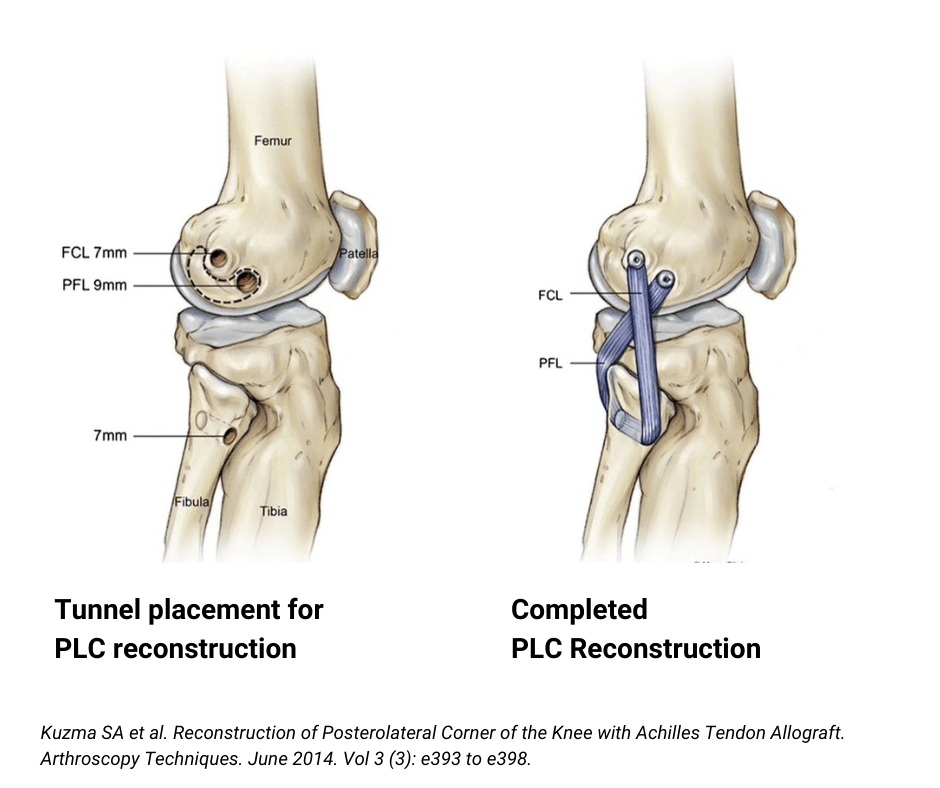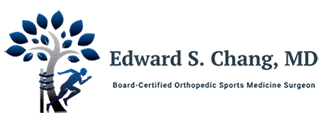What is it?
The posterolateral corner (PLC) is a complex area of the outside (lateral) part of the knee. The main stabilizers to the lateral knee include the lateral collateral ligament (LCL), the popliteofibular ligament, and the biceps femoris tendon. Injuries to the PLC can occur from traumatic injuries, such as motorcycle accidents, or in contact sports, such as football. Oftentimes, these injuries occur simultaneously with anterior cruciate ligament (ACL) tears.
What are signs and symptoms of Posterolateral Corner Injury ?
Common symptoms of posterolateral corner include:
• Instability when the leg is in extension
• Excessive rotation in the lower leg
• Difficulty with pivoting or cutting
• Numbness over the outside leg
• Weakness with flexing the ankle
Diagnosis
In the office, a complete history and physical exam is obtained. The knee is examined for any deformity or tenderness to palpation. A comprehensive test of all the ligaments is performed and oftentimes compared to the uninjured side. Imaging studies, such as an X-Ray and MRI, may be necessary to confirm the diagnosis and identify associated injuries, such as meniscal tears.
Treatment
Many PLC injuries occur in the setting of another ligament injury, such as an ACL tear. Therefore, if an isolated ACL reconstruction is performed, and the PLC is left untreated, this can lead to early failure of the reconstructed ACL.
Posterolateral corner reconstruction involves placing a new ligament (graft) into the knee, which, over time, matures into the new static stabilizer of the lateral knee. This is typically done in an outpatient setting under regional anesthesia, allowing patients to return home the same day.

RECOVERY
Following surgery, patients are placed in a long hinged knee brace for six weeks and are allowed to bear partial weight (except in cases where there is a combined meniscus root repair or cartilage repair). Physical therapy begins within the first week of surgery. At 6-8 weeks, the brace is removed, and the focus turns to regaining full range of motion and gait training. A jogging program is initiated about four months postoperatively, followed by an agility program at six months. Sport specific drills are then initiated, and patients generally return to their around 12 months postoperatively.
